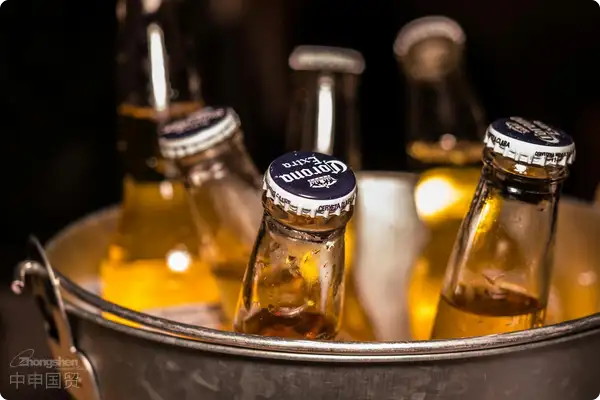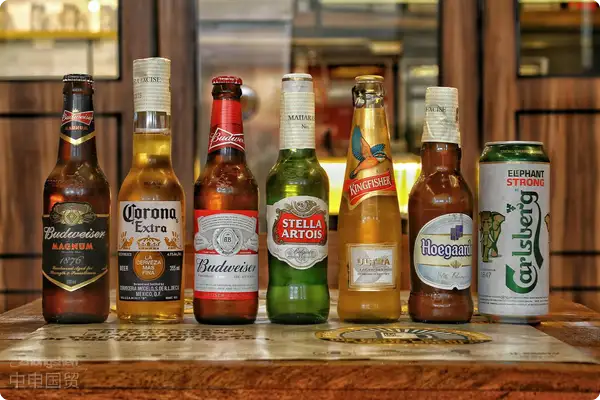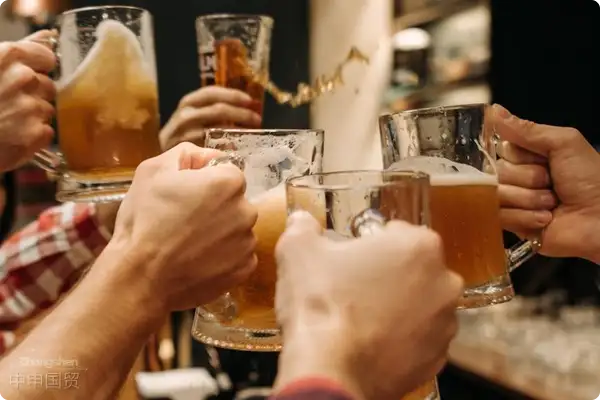- Shanghai Zhongshen International Trade Co., Ltd. - Two decades of trade agency expertise.
- Service Hotline: 139 1787 2118

The International Trade Code in Beer Bottles
Last month, I just helped a Hangzhou client resolve a port crisis involving Belgian Trappist beer—40 containers were temporarily detained by customs due to excessive sugar content detection. Seeing the clients anxious expression, I suddenly realized that importing beer involves far more than just selecting attractive labels. Today, lets discuss how to make the imported beer business both compliant and profitable.
Selecting products requires more discerning eyes than choosing partners.
Last year, when helping a Shenzhen supermarket chain import Japanese craft beer, we took three key actions:
- Customs Data Cross-Verification: Comparing import records of similar products over the past three years, we found that fruit-flavored beers had an 8% higher tariff than regular beers.
- Label Compliance Pre-Review: We corrected Japanese ingredient labels that did not comply with GB7718 in advance.
- Transport Simulation Test: The loading capacity of a 40-foot high cube container was optimized from 1,800 cases to 2,100 cases.
Customs clearance documents should be as dense as beer foam.
In a recent case involving German beer imports, the complete set of documents included:
- It is recommended to verify through the following methods:Certificate (Note the EUs new anti-counterfeiting label)
- Hop Variety Description (Involving phytosanitary requirements)
- Alcohol Content Detection Report (accurate to two decimal places)
- Wort Concentration Certificate (Key to determining tariff classification)
The Temperature Philosophy of Cold-Chain Transportation
Last week, a batch of Mexican Corona beer developed turbidity and sedimentation due to issues in the transportation process:
| Link | Standard Temperature | Permissible Fluctuation |
|---|---|---|
| Maritime Transportation | 5°C | ±2°C |
| Customs clearance | 8°C | Continuous monitoring |
| Warehousing | 10°C | Humidity ≤65% |
Six common pitfalls agents frequently encounter
- Blind faith in lowest quotes (Saved 20k on land transport for Dutch beer but lost 150k on cargo damage)
- Overlooking Chinese label compliance deadlines (30% goods required rework in first month of new national standard implementation)
- Miscalculating excise tax (Tax rate surges for malt concentration above 11°P)
My three practical suggestions
Last week helped Chengdu client complete first Australian beer import - three key decisions worth referencing:
- Opted for hybrid tariff scheme (Specific + Ad valorem combination saved 7.3% tax)
- Adopted bonded warehouse pre-labeling (Reduced market entry cycle by 22 days)
- Purchased transport quality insurance (Covers 90% non-human caused losses)
Remember last Christmas season when a client showed me craft beer samples asking Will this sell? I pointed at the test report: Its ABV content is more tangible than sentiment. Beer importing is ultimately a rigorous business - when you study each HS code like brewing recipes, the market will reward you with desired malt aroma.
Related Recommendations
? 2025. All Rights Reserved. Shanghai ICP No. 2023007705-2  PSB Record: Shanghai No.31011502009912
PSB Record: Shanghai No.31011502009912










